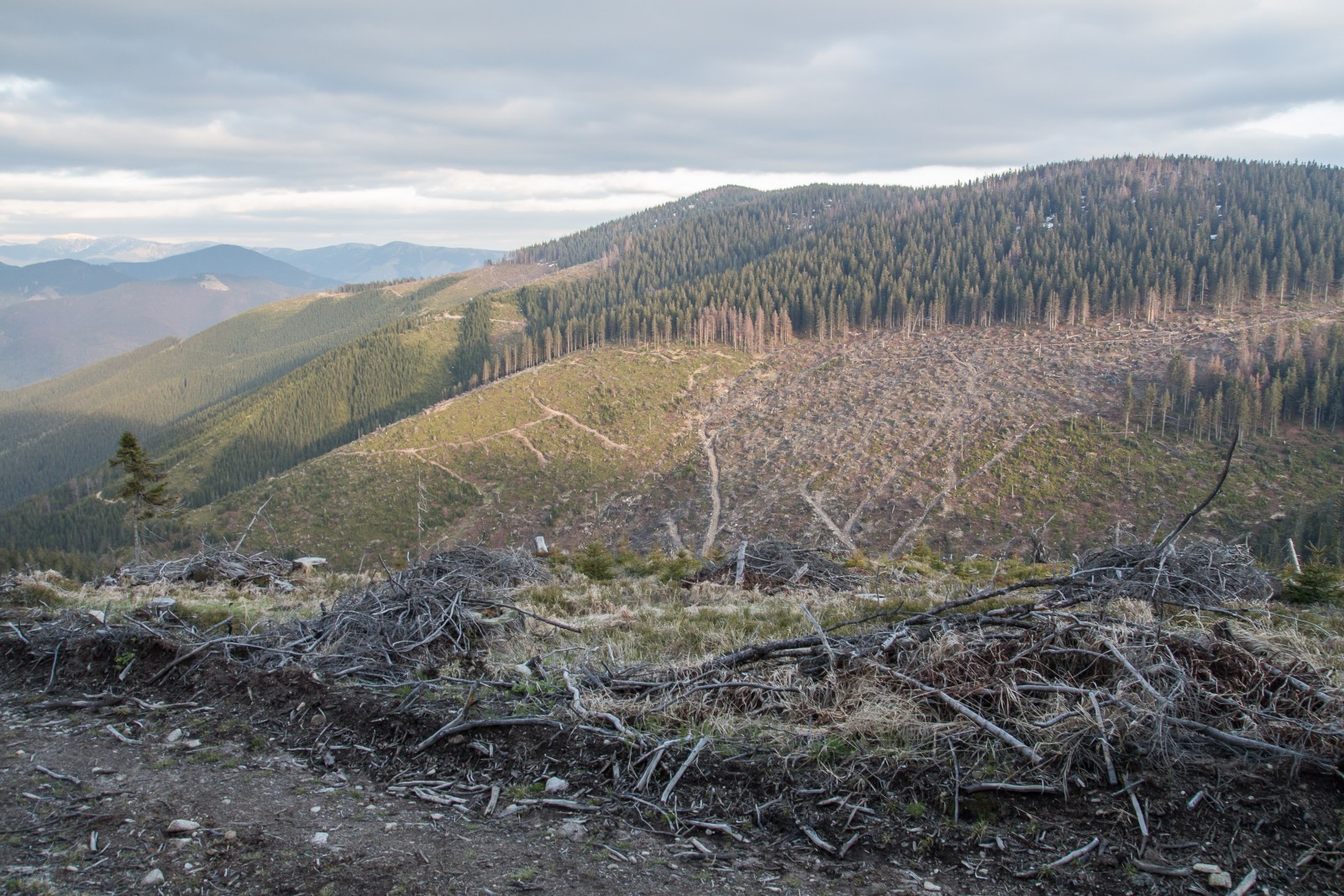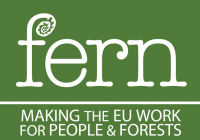Last week the NGO Fern published an important report relating the danger EU forests are facing. It tells the stories from eleven EU countries and REMOTE Primary Forests contributed to the project by describing the situation with Slovakian forests.
"Trees cover 182 million hectares of the EU. That’s six times the size of Italy. Yet as the stories in this report show, European Union (EU) forests are under threat, and rapid and committed action is required to save them. We all - citizens, policy-makers, civil society organisations and political leaders - have a responsibility to protect our forests, and to make sure they are managed in a way which respects biodiversity, indigenous and community rights, and natural resource limits.
The EU is taking strong action to protect forests globally, through development aid, innovative trade work such as the EU Forest Law Enforcement, Governance and Trade (FLEGT) Action Plan, and commitments to end EU consumption of goods that cause agricultural deforestation. But to meet climate targets and improve the lives of countless communities, we must protect forests the world over. The EU can’t only call to protect forests elsewhere; we must also protect the natural and old-growth forests on our own doorstep.
This issue has been generously written by contributors from eleven countries across the EU. It brings us up to date on some of the long-standing struggles, victories, and rising movements to protect EU forests, whilst outlining the dangers, losses and poor management that are damaging these unique habitats and carbon sinks.
Artificially-planted spruce forests in the Czech Republic fall prey to bark beetles, biomass power plants threaten to gobble up French forests, the destruction of old-growth forests on Natura 2000 sites continues in Estonia, conifer plantations swamp Ireland, and Sámi peoples battle logging on indigenous lands in northern Finland and Sweden. These are just a handful of examples from the rich selection in this EU forests in danger issue, which includes perspectives from Czech Republic, Estonia, Finland, France, Germany, Ireland, Lithuania, Poland, Romania, Slovakia and Sweden.
This situation is particularly worrying, since the EU’s Renewable Energy Directive referred to the EU’s ‘Sustainable Forest Management’ to justify the use of bioenergy. These portraits, that paint a concerning picture of increasing industrialisation and artificialisation of European forests, show that the EU was wrong to do so.
Read on to hear stories from the ground, and to learn why protecting EU forests is of critical importance to people, planet and our collective future."


